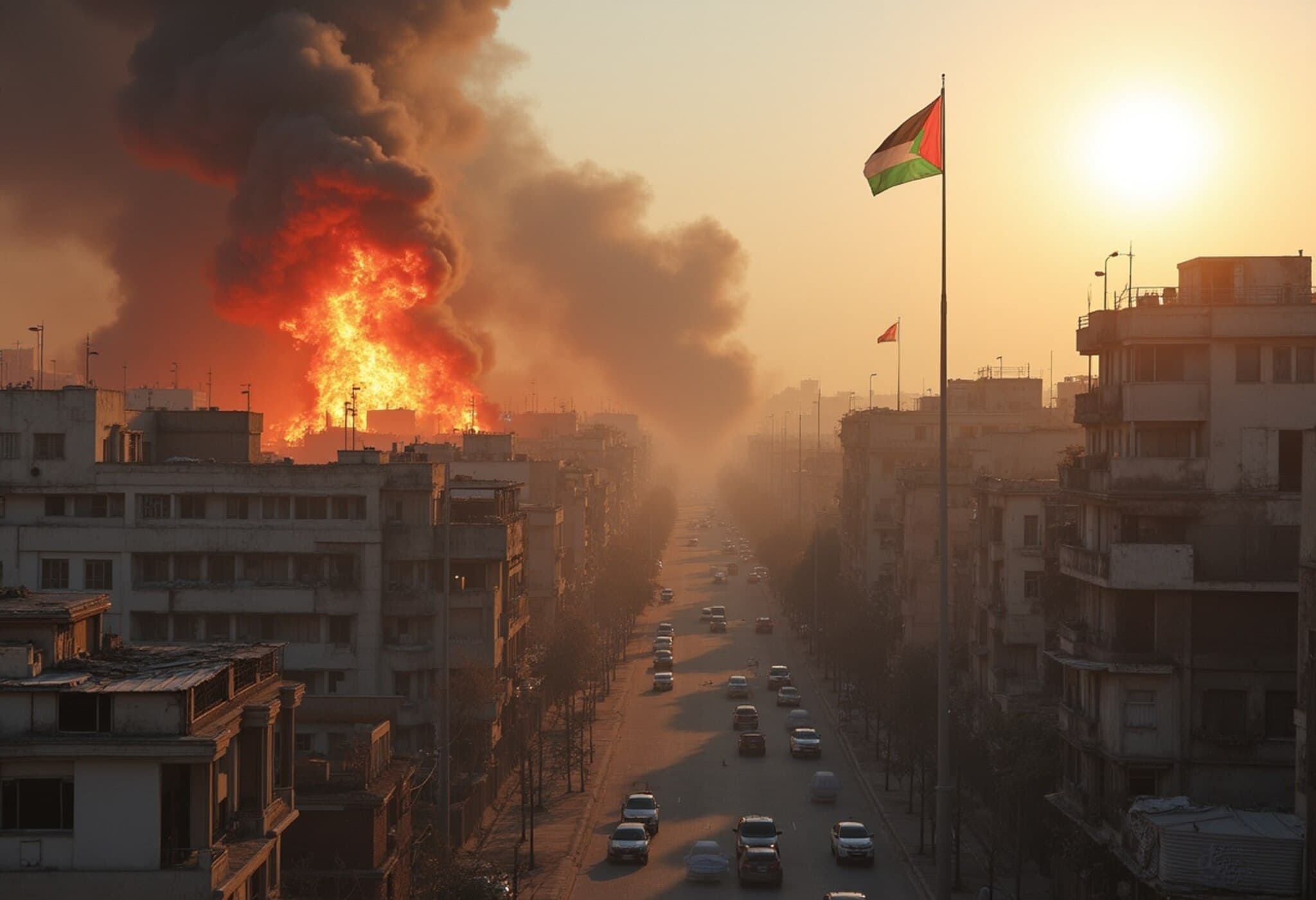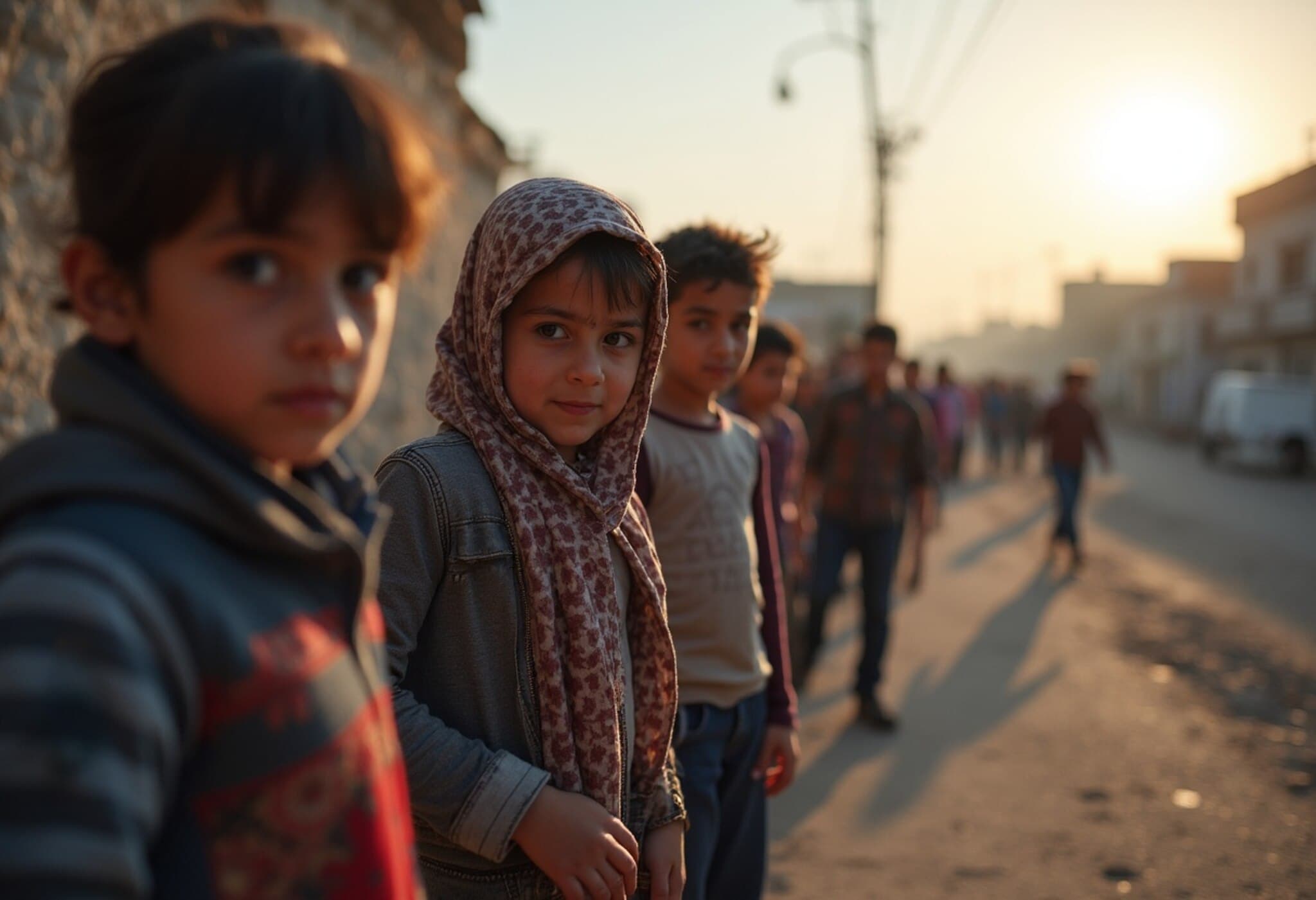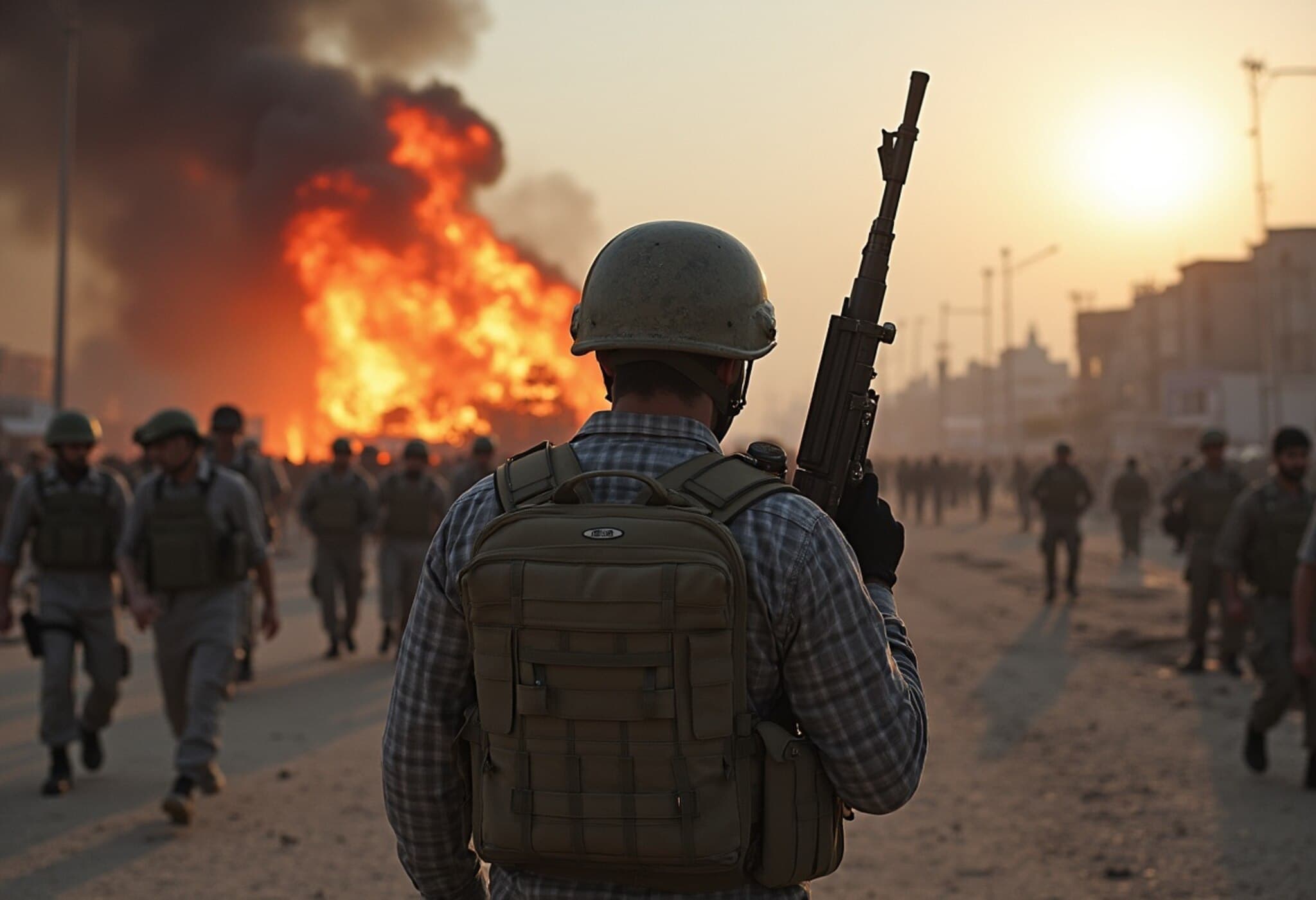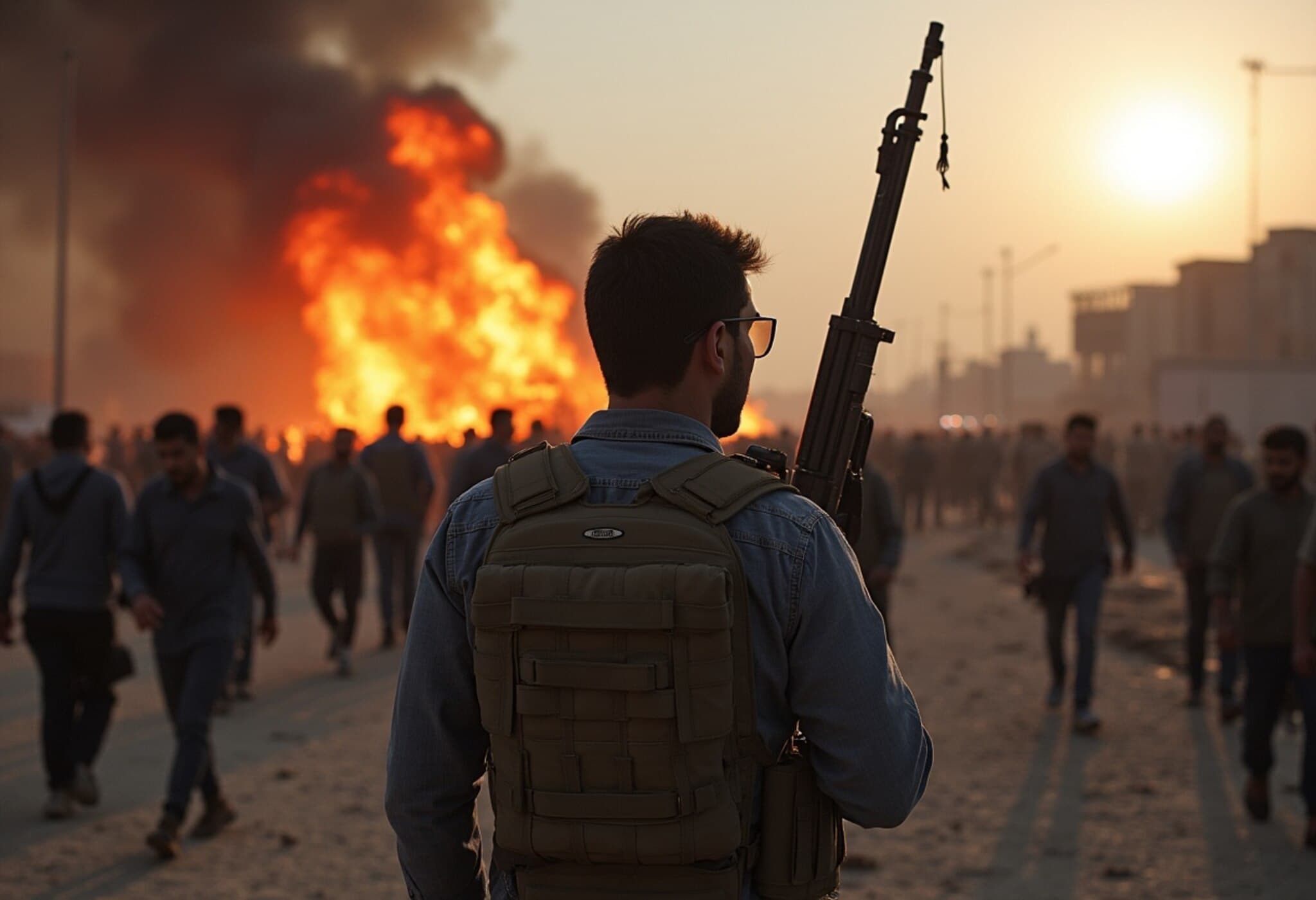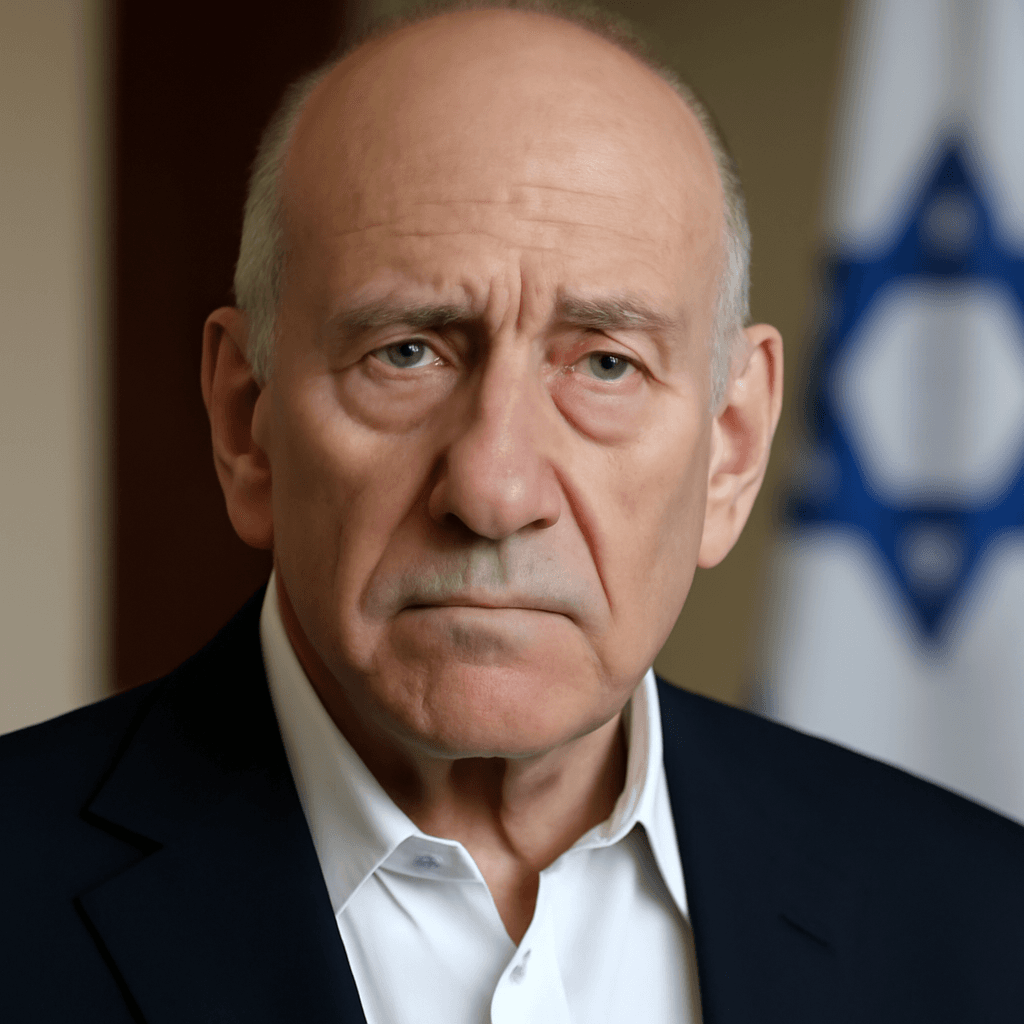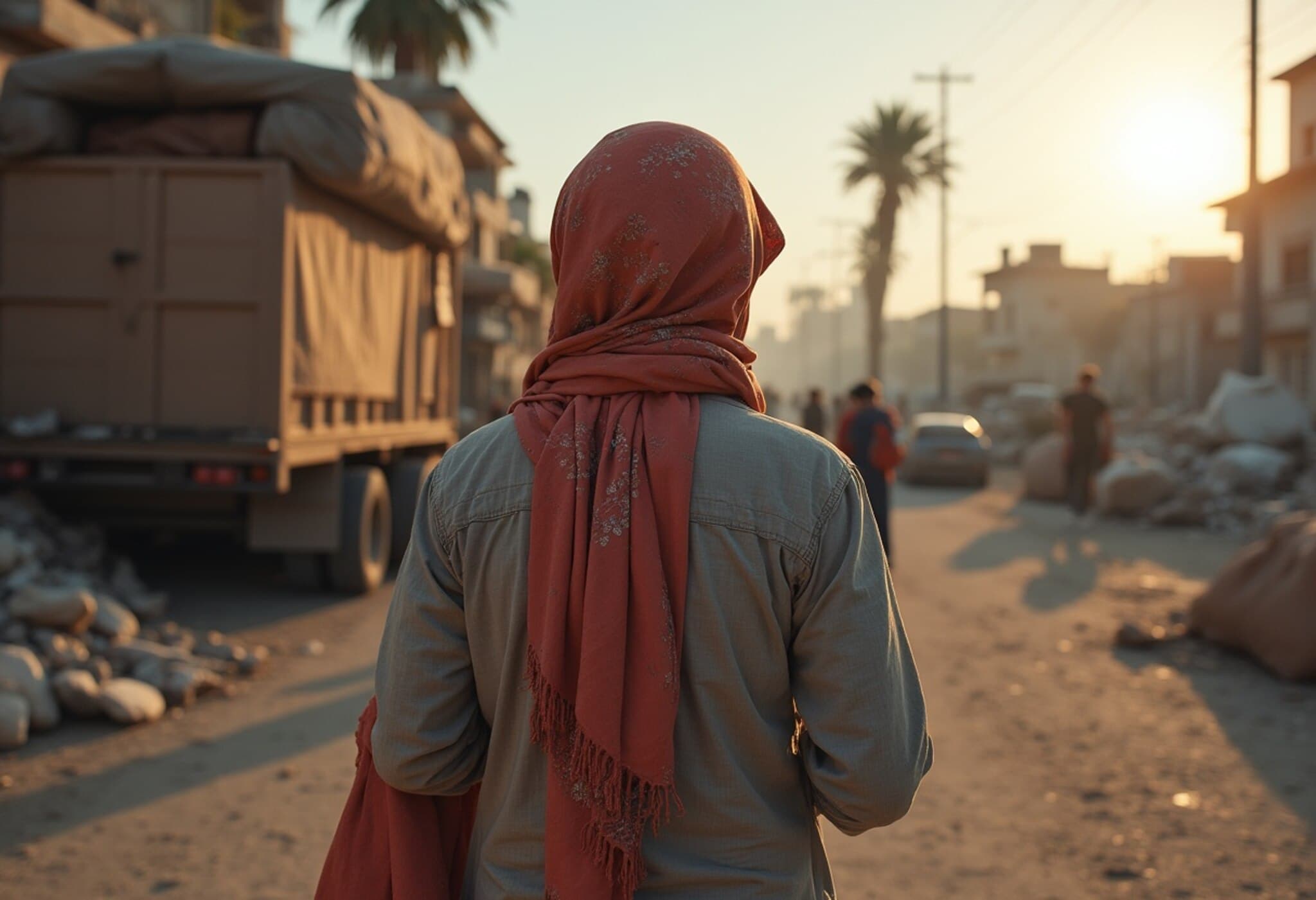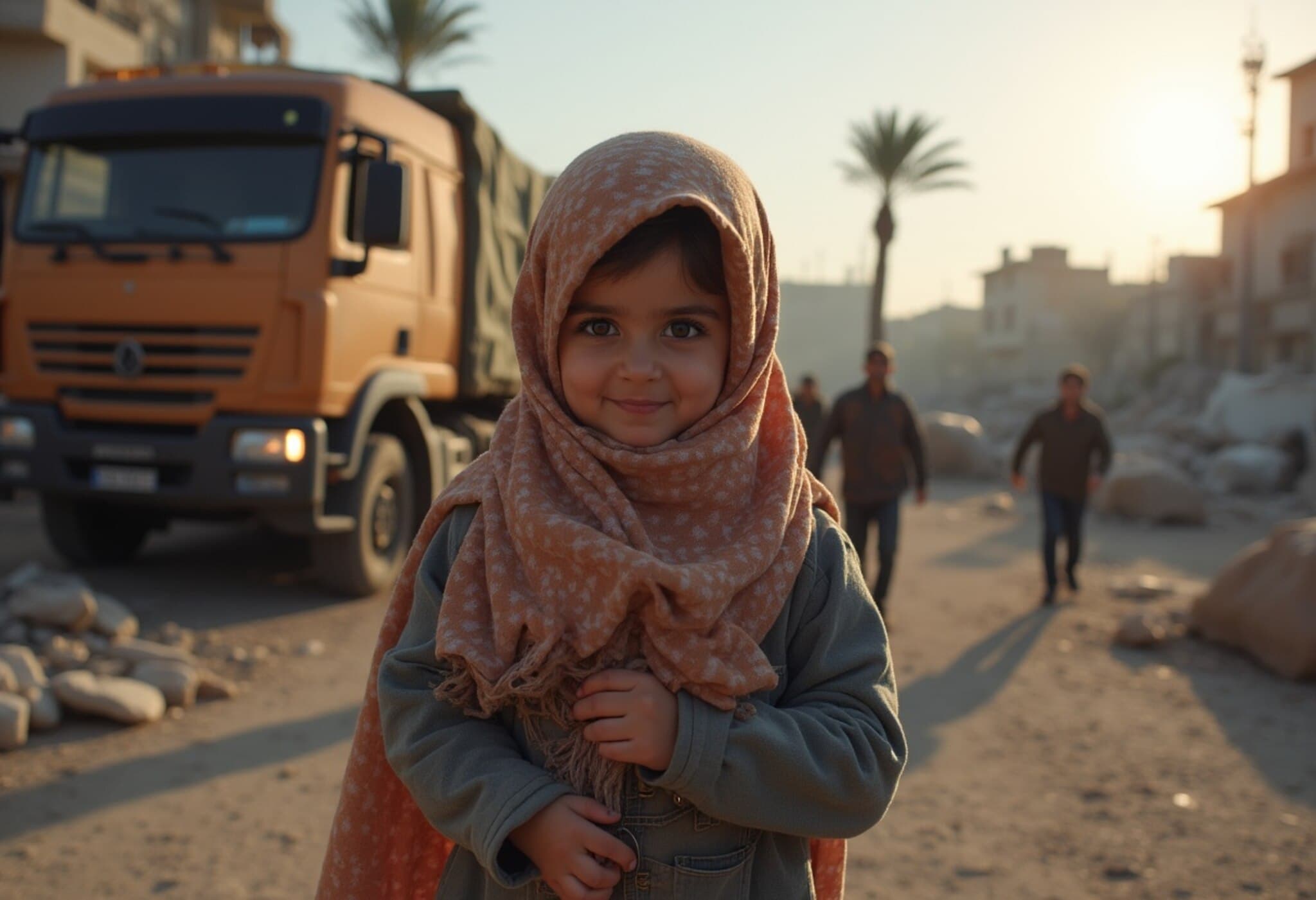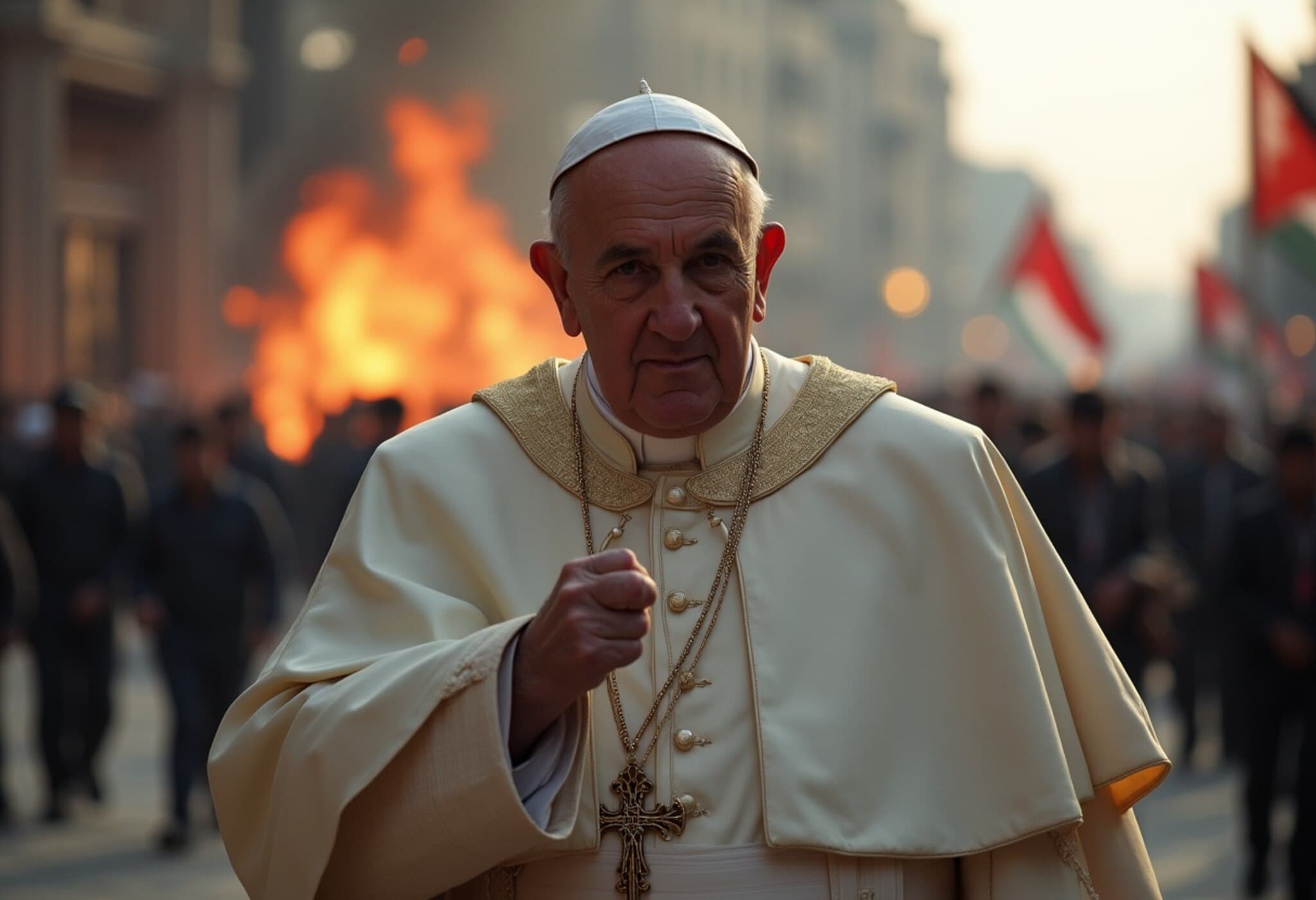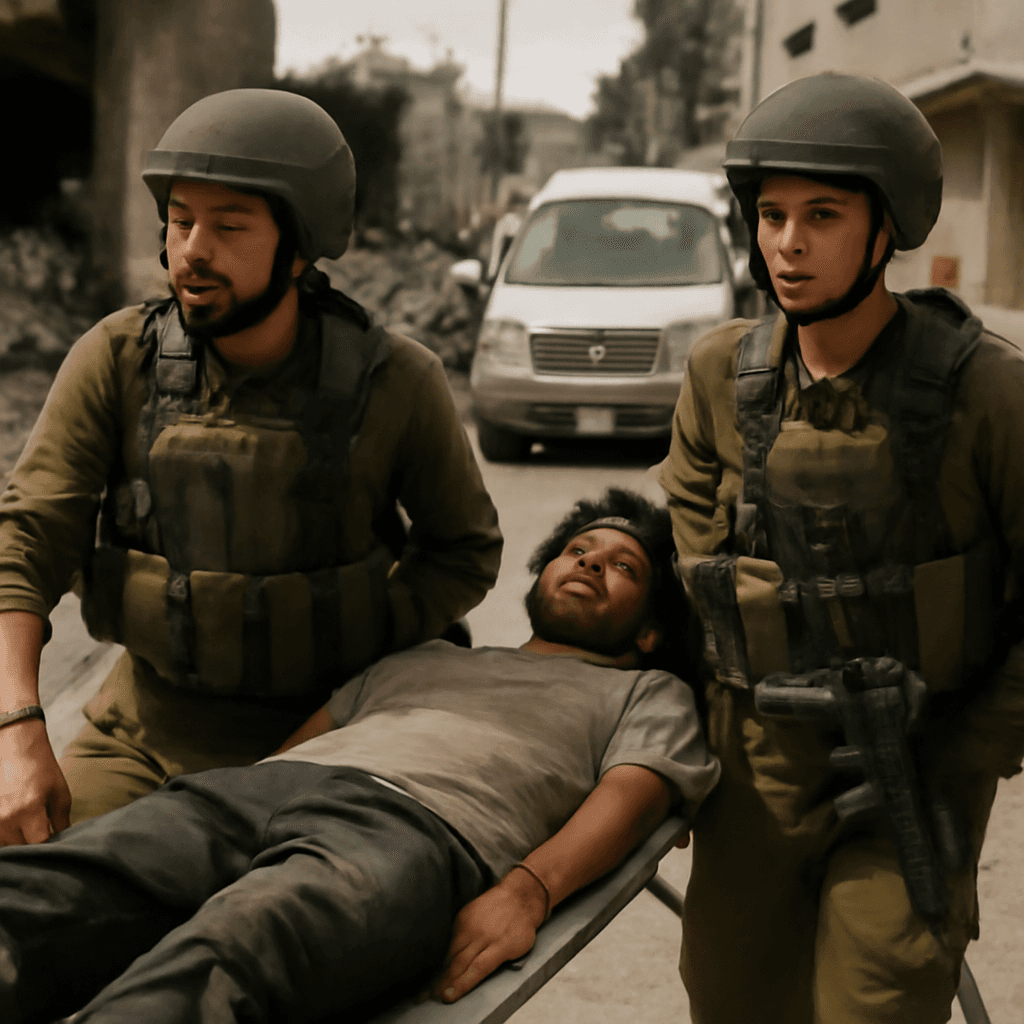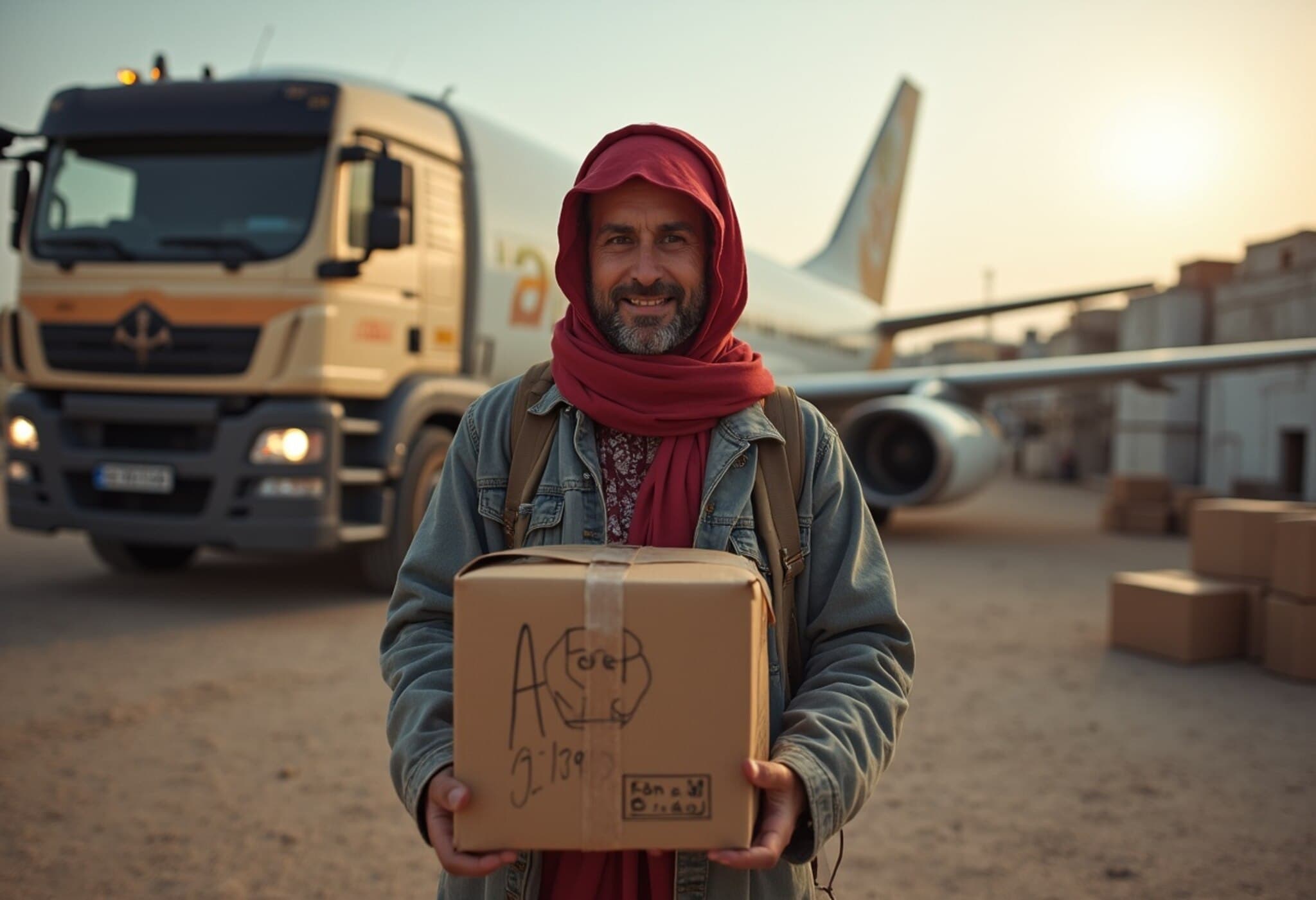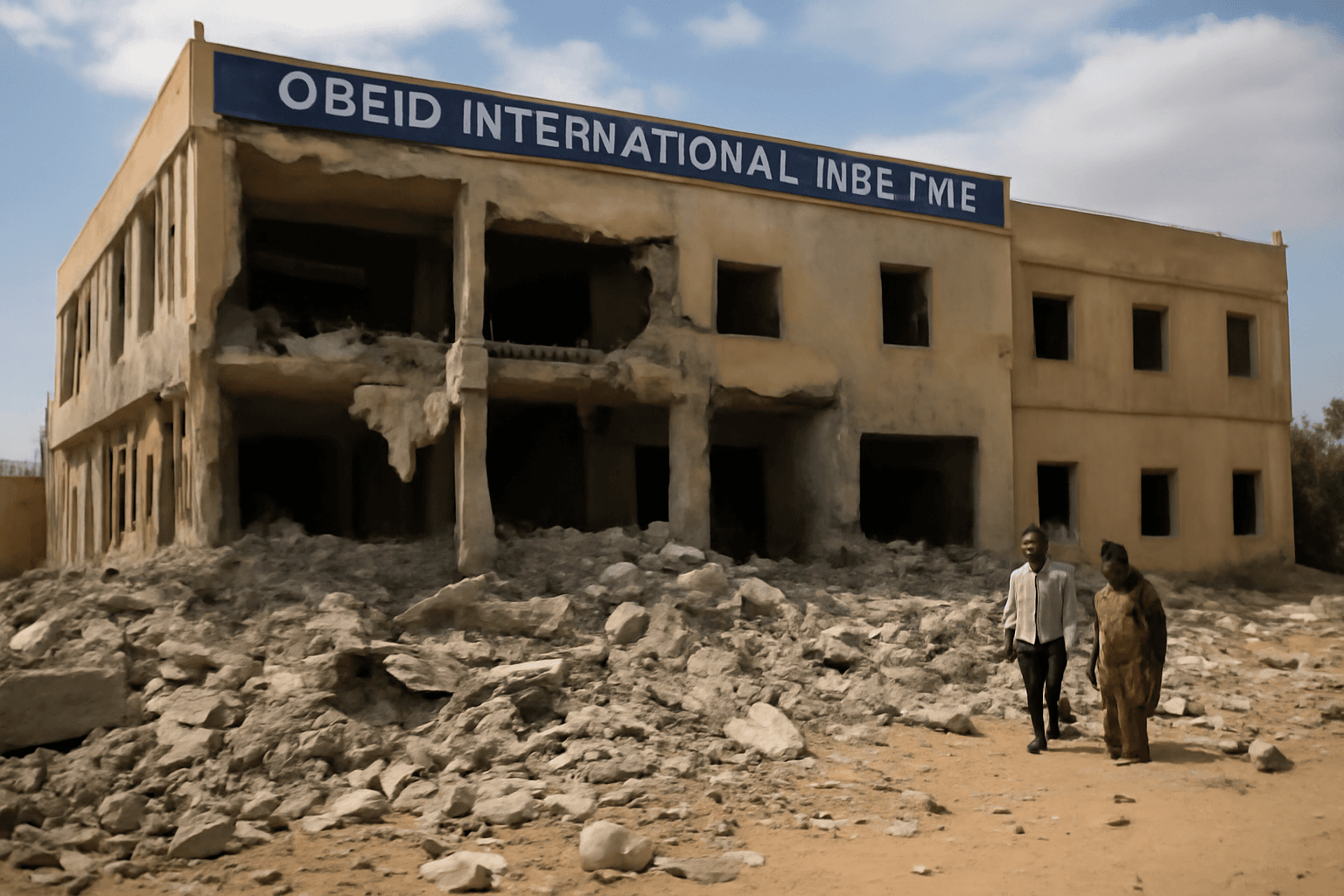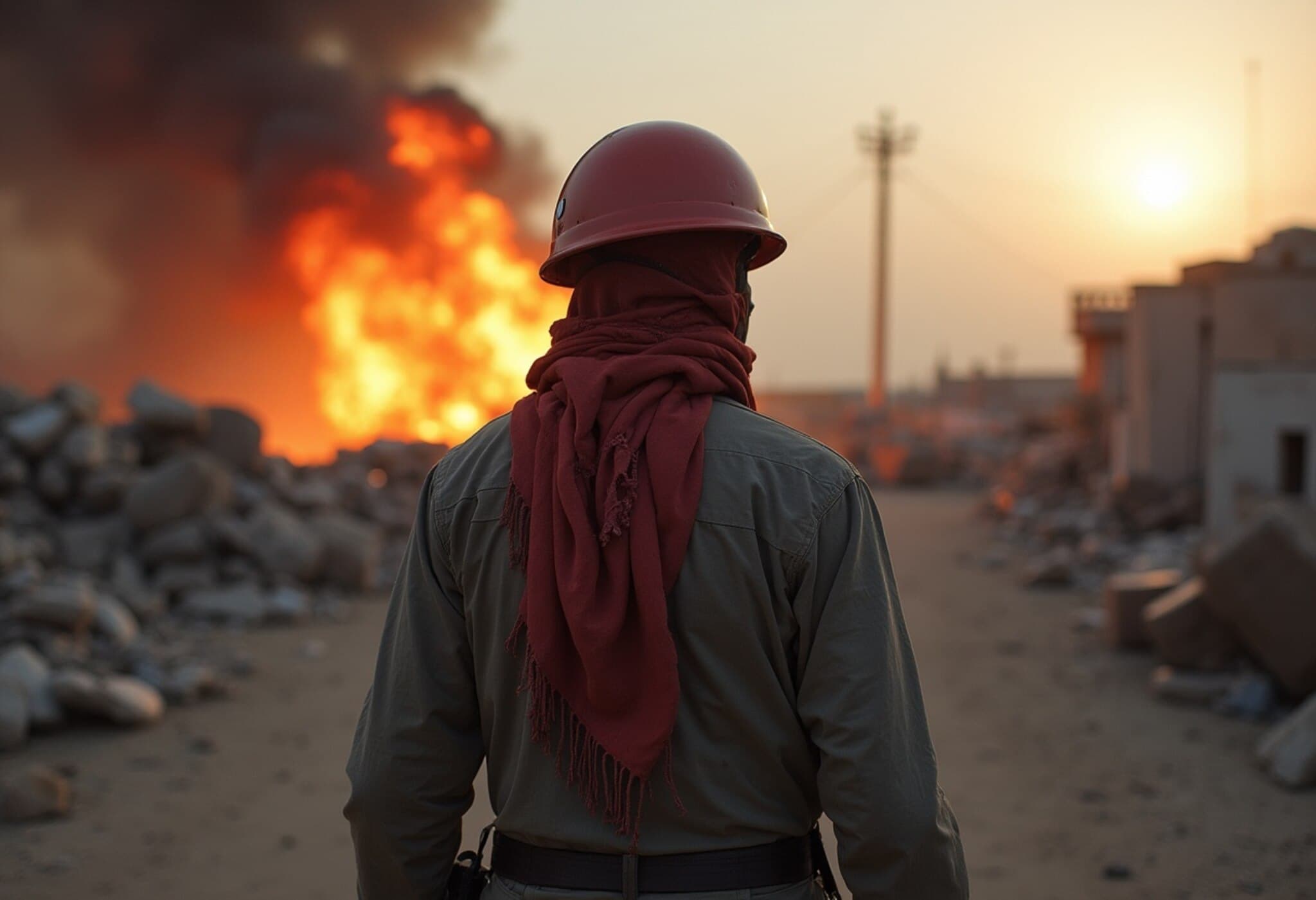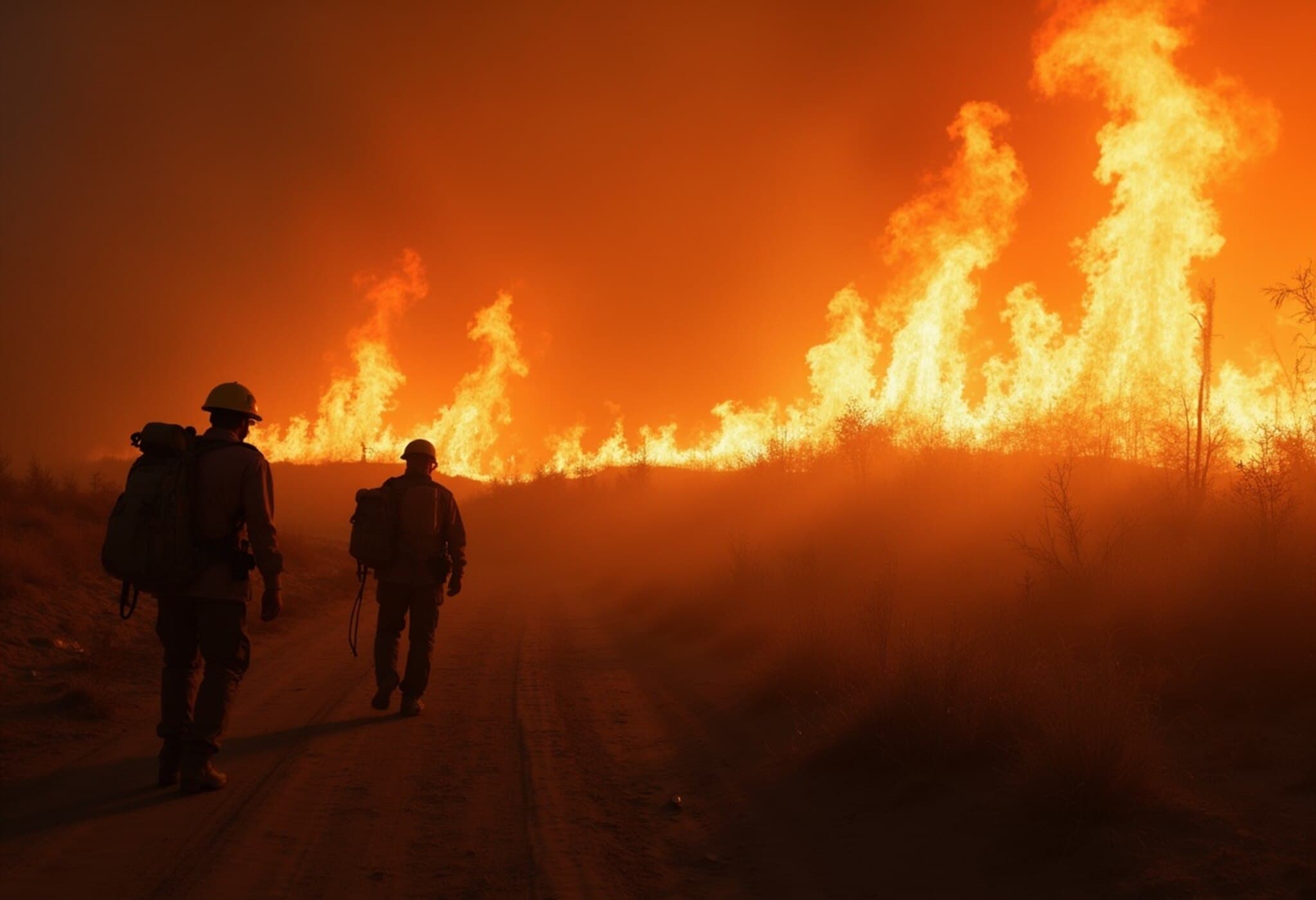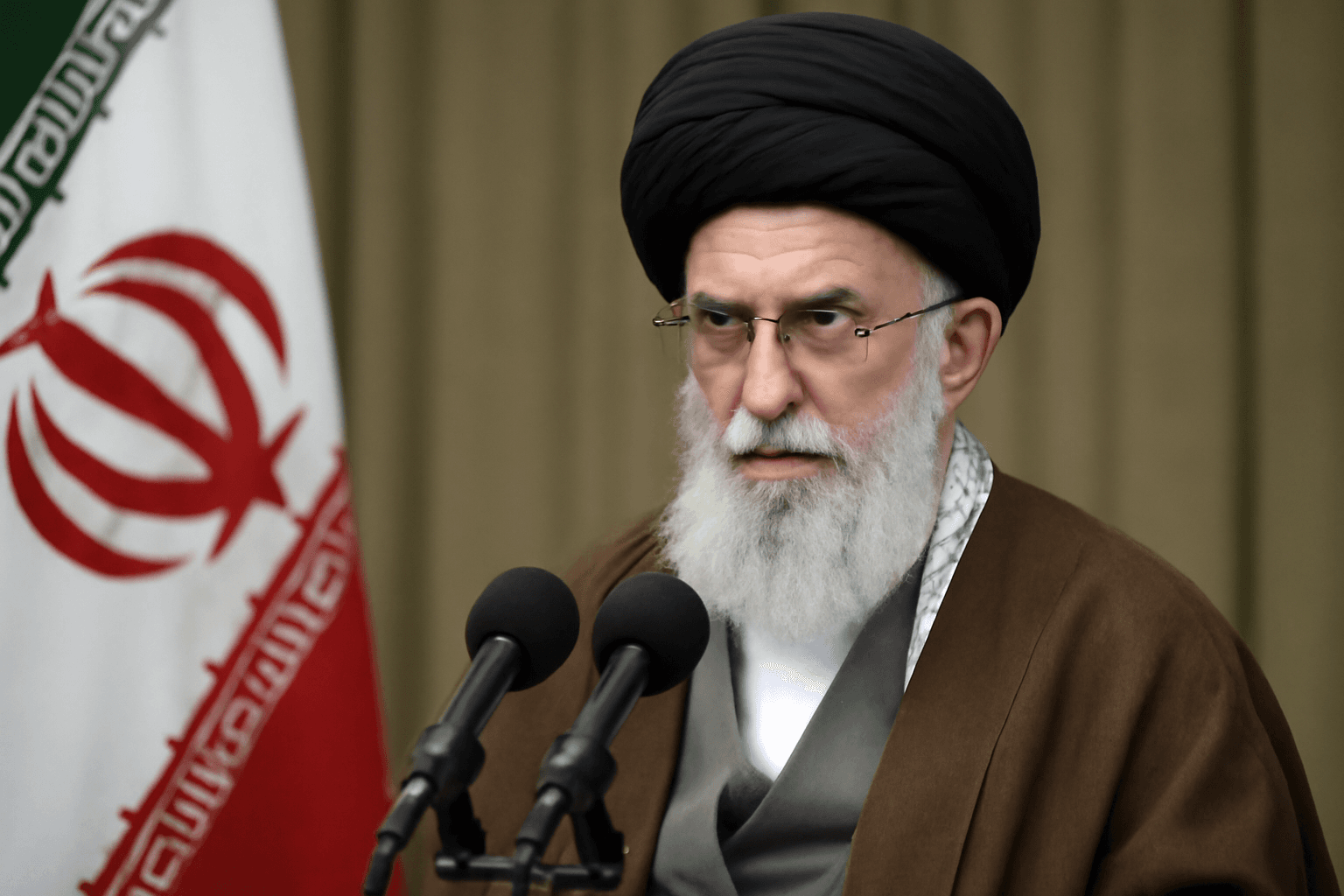Israel Escalates Military Operations in Gaza City
Over the past weekend, Israeli forces dramatically intensified their offensive within Gaza City, deploying a combination of airstrikes and tank assaults targeting multiple districts. This escalation marks a substantial surge in hostilities as the Israeli military seeks to assert control over key zones described as Hamas’ final stronghold.
Residents of Gaza City have reported relentless bombardment, with neighborhoods such as Zeitoun, Shejaia, Sabra, and Jabalia experiencing significant destruction. Witnesses described ceaseless explosions, collapsing buildings, and the pervasive sound of artillery fire as tanks systematically demolished homes and infrastructure.
Military Objectives and Operational Scope
According to a recent statement by the Israeli military, operations have recently expanded into the Jabalia area to eliminate insurgent tunnel networks and reinforce territorial control. The military indicated that this phase allows for further combat operations in additional sectors, intending to prevent Hamas militants from reestablishing footholds.
This offensive follows Israel’s approval of a broader plan to seize Gaza City, envisioned as a decisive blow to Hamas’ operational capacity. However, the implementation of this plan may take several weeks, affording international mediators—particularly Egypt and Qatar—time to pursue renewed cease-fire negotiations.
Humanitarian Catastrophe Worsens
The offensive has deepened an already dire humanitarian crisis. Gaza City, home to roughly one million people—half of Gaza’s two million residents—is facing escalating displacement, famine, and fear. The scarcity of food and medical supplies has reached critical levels, prompting international concern.
Humanitarian organizations have declared famine conditions in Gaza City and surrounding areas, a situation Israel disputes, highlighting recent efforts to facilitate aid deliveries since July. Meanwhile, the Gaza Health Ministry reports growing numbers of deaths due to starvation and malnutrition, with 281 fatalities including 114 children since the conflict's onset—figures that Israel contests.
Voices from the Ground: Fear and Resolve
Residents express a mix of despair and defiance. Mohammad, a 40-year-old resident, shared his anguish over the cycles of evacuation: "I lost count of how many times I had to take my wife and daughters away from home. No place is safe, but we hope to survive the worst."
Conversely, Aya, 31, who supports a family of eight, captures a heartbreaking sentiment of entrapment and resolve: "We are not leaving, no matter the bombs. We are hungry, scared, and without means to escape." Such testimonies highlight the complex human dimension often obscured in strategic discussions.
Contextual Overview: The Conflict’s Human Toll
The current war erupted on October 7, 2023, when Hamas militants launched a devastating attack into southern Israel, killing approximately 1,200 civilians and abducting 251 hostages. In response, Israel initiated a prolonged military campaign targeting Hamas, which the Gaza Health Ministry reports has claimed over 62,000 Palestinian lives—primarily civilians—and displaced nearly the entire Gaza population.
This conflict remains one of the most lethal and destructive urban confrontations in recent memory, with international observers warning of escalating civilian suffering amid continuous combat.
Broader Implications and International Response
International powers are watching closely, balancing condemnation of hostile actions with concerns over civilian protection. The window for diplomacy remains narrow, with some fearing the situation may spiral deeper into a protracted humanitarian disaster.
Policy experts emphasize the urgent need for humanitarian corridors and ceasefire mechanisms, given Gaza’s dense population and resource scarcity. The evolving dynamics pose significant challenges not only for regional stability but also for international legal and moral standards governing armed conflict.
Editor’s Note
This intensification of the Gaza City offensive underscores not only the tactical priorities of the Israeli military but also the acute civilian distress arising from urban warfare. As global attention pivots between calls for peace and strategies for security, the lived realities of Gaza’s residents—trapped amid relentless bombardment and shrinking survival options—demand renewed focus.
Key questions loom: How can international mediators rebuild fragile ceasefire frameworks amid escalating violence? And what mechanisms can ensure adequate humanitarian access while respecting the complexities of counterterrorism operations? The conflict illustrates the profound human cost when military objectives and civilian protection collide, necessitating urgent, multifaceted policy solutions.

